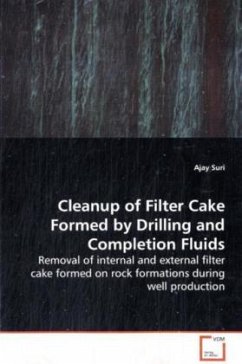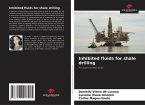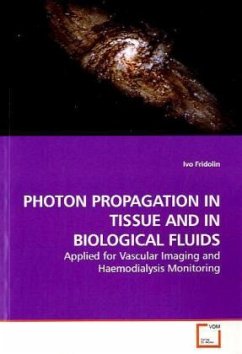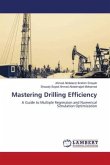The flow initiation pressure (FIP) is used as an
estimate of the differential pressure (between the
reservoir and the well) required to initiate
production of oil or gas. The standard practice to
measure FIP uses a constant flowback rate. This
method is shown to be inadequate to measure the FIP.
An improved flowback method, which uses a series of
constant differential pressures, is used instead to
measure the FIP. This method closely represents the
constant drawdown between the reservoir and the
wellbore. In addition the permeability during
flowback is measured at increasing differential
pressures. Two types of drilling fluids
(sized calcium carbonate and bentonite) are used for
the filtration experiments on porous media ranging
in permeability from 4 to 1500 md. Both single-phase
and two-phase experiments are conducted in lab-
simulated open-hole and perforated completions.
Small values are found for the FIP in all the
experiments (considerably smaller than those
measured using the constant flowback method). A
Bingham fluid in a network of pores is used to model
the cleanup of the internal filter cake during
flowback.
estimate of the differential pressure (between the
reservoir and the well) required to initiate
production of oil or gas. The standard practice to
measure FIP uses a constant flowback rate. This
method is shown to be inadequate to measure the FIP.
An improved flowback method, which uses a series of
constant differential pressures, is used instead to
measure the FIP. This method closely represents the
constant drawdown between the reservoir and the
wellbore. In addition the permeability during
flowback is measured at increasing differential
pressures. Two types of drilling fluids
(sized calcium carbonate and bentonite) are used for
the filtration experiments on porous media ranging
in permeability from 4 to 1500 md. Both single-phase
and two-phase experiments are conducted in lab-
simulated open-hole and perforated completions.
Small values are found for the FIP in all the
experiments (considerably smaller than those
measured using the constant flowback method). A
Bingham fluid in a network of pores is used to model
the cleanup of the internal filter cake during
flowback.








